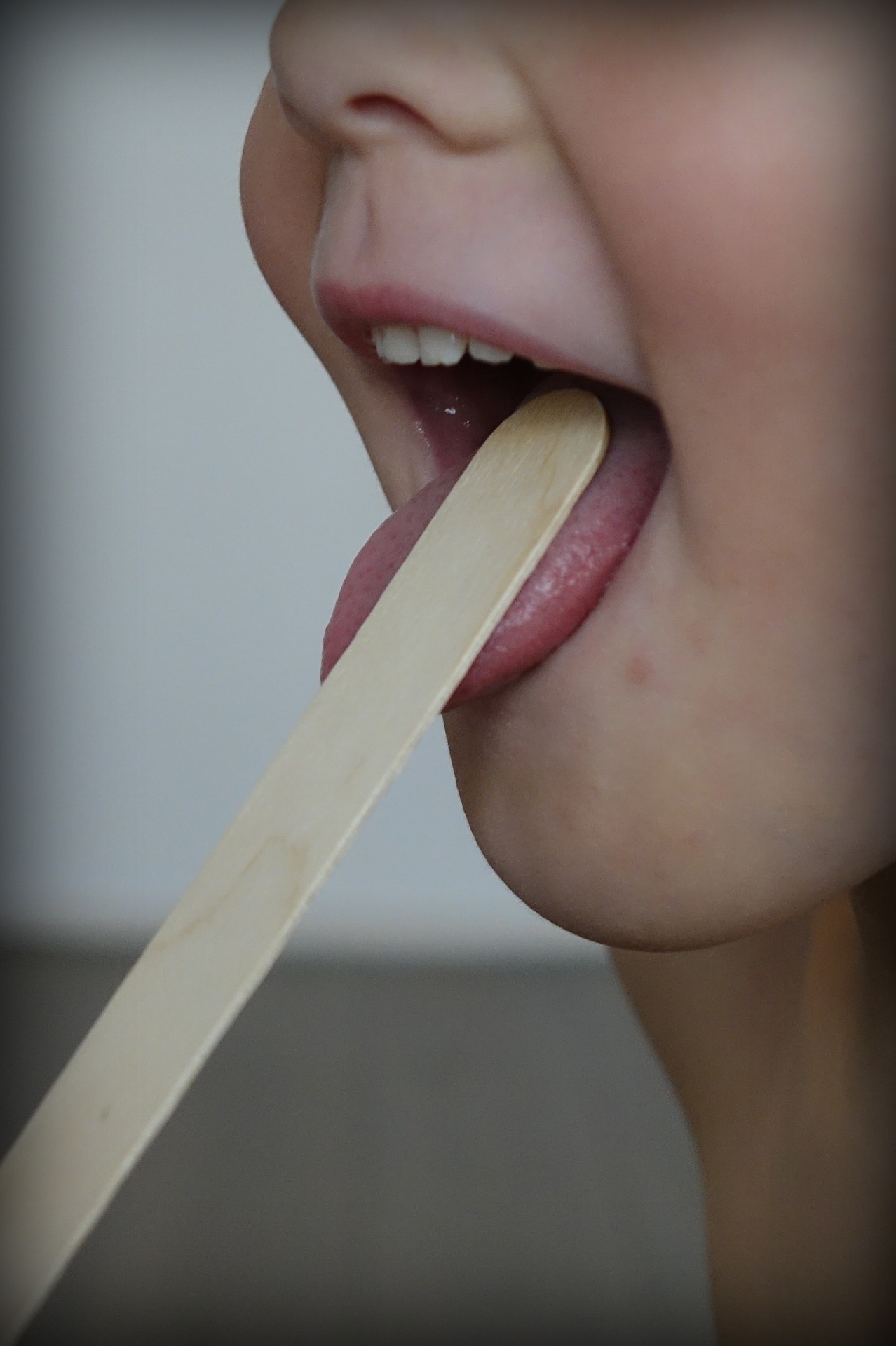Teething can be a challenging time for baby and parent alike, as it can be distressing to see your little one in discomfort. However, it’s a huge and exciting milestone for your family, and one you should be able to enjoy as well. Here’s everything you need to know about teething and your baby, so you can relax with all the facts at hand.
Not all babies’ teeth grow at the same time
As with most suggested milestones for your baby, the teething guidelines you will find across the internet and in the paediatrician’s office are just that- guidelines. Some little ones can start teething as early as three months, while others may reach their first birthday before the first baby tooth breaches their little gums. On average, you will see signs of teething around 6-10 months, but don’t panic if your baby is a little early or late. Some children may not have their first tooth before their first birthday, so don’t worry, although if there’s still no sign by 16 months, you may want to take them for a visit to the dentist to double check all is well. As always, if you are concerned for any reason, feel free to discuss it with your dental practice and paediatrician so they can soothe your concerns and help you formulate the right plan for your baby.
What will teething look like?
Of course, no matter whether your baby is an early starter or a late bloomer in the teething department, they’re not going to be able to tell you exactly what is wrong when they first begin experiencing the symptoms of teething. While teething can be a discomfort for your child, it’s important to realise that it’s not the same as an illness. If your baby shows signs of persistent fever [especially that which cannot be helped by medication], vomiting or any other classic signs of illness, don’t dismiss it as teething. Take them to your medical practitioner as something else is probably going on- it could be earache, a tummy bug or illness.
The usual symptoms of teething appear three to four days before the first teeth are visible through the gums. You may notice excessive drooling, and baby may chew their finger and toys more than before. They are very likely to be more irritable than usual, too, and will likely lose their appetite. You may also spot red gums in the spot where the tooth will soon emerge. Babies may tug on their ear [be sure this isn’t due to earache] and cheek, too.
What happens after the tooth shows?
Once you spot that first, monumental baby tooth, your baby will likely go two to three months before the next one puts in an appearance. The specific order in which your child’s teeth will erupt will be unique to them, but there are some patterns to which many babies conform. You will usually see the bottom middle teeth, followed by the top middle. The top lateral incisors typically erupt next, followed by their bottom counterparts. The molars will be next, followed lastly by the eye teeth. By the time your baby is a toddler of 3 years, you should see them sporting a full set of 20 shiny baby teeth- properly known as ‘primary’ teeth.
My baby was born with a tooth!
Some babies are indeed born with a front tooth. Provided it sits firmly in their gums, you needn’t worry, but if it’s loose it could be a choking hazard for the child and may need removal. Be sure to consult with your dental practitioner to be sure.
How can I soothe the teething symptoms?
There’s a lot you can do to help soothe the teething period for your baby. Stimulate the gums [if the tooth hasn’t put in an appearance yet] with a gentle clothe to help soothe. You can give a slice of a cool fibrous fruit or veggie [think apples and carrots] to older babies who are safe from choking hazards. Likewise, jerky/biltong, ice lollies and chilled food can be given where appropriate. Teething gels without local anaesthetic are appropriate for younger children. You can use a teething ring but ensure they do not freeze hard or the child may damage their gums as they chew. You can also use a sturdy cotton cloth, wetted and cooled in the fridge, while the child is supervised to let them chew and stimulate the gum. Ibuprofen and paracetamol are both appropriate when used in the correct paediatric doses but try to keep this for severe pain only.
How do I care for my baby’s teeth?
Whilst you may have been taught the misconception that primary teeth ‘don’t matter’, as they will eventually all fall out, nothing could be further from the truth. The care you give their first teeth will help influence their oral health throughout their life, and this important aspect of healthcare can have huge knock-on effects to their overall health and well-being and even their development. It’s important to check your baby’s oral health regularly, even before their teeth appear, to avoid diseases such as oral thrush and ensure their general good health. While a toothpaste isn’t strictly necessary for a very young baby – you can use a tiny smear on a cotton bud to begin caring for the tooth. Graduate to a specialist infant toothbrush as their teeth come through and your baby develops. Get into a twice-a-day routine as with your own teeth. Limiting their sugar exposure and setting them on the path to a healthy diet will also help ensure their dental development.
Teething is an exciting stage of development for your baby. Keep these guidelines to hand to help guide you through the process and be sure to ask your dental practice of paediatrician if you have any specific concerns about your child, or simply would like some further specific information on this milestone event.


